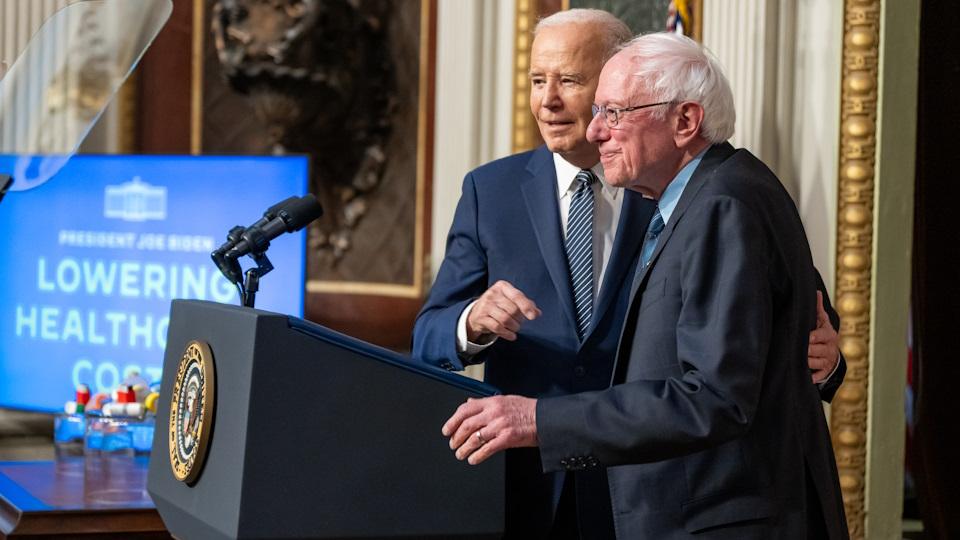Balancing interests in launching medicines

Launching a new medicine at the right price is a complex issue that requires balancing the interest of several stakeholders, including manufacturers, healthcare systems, and patients.
Most European countries use international reference pricing (IRP) – the practice of benchmarking product prices against those in other countries – to improve the affordability of newly launched products and periodically revise the prices of older products.1 To counter the effects of IRP, manufacturers set a high, publicly available list price while negotiating confidential discounts with healthcare systems. These discounts tend to vary, ranging from around 25% to in excess of 60%.2
The impact of IRP on revenue
Negotiating separate discounts for each country allows manufacturers to tailor the price they offer based on their individual willingness to pay, maximising their profits; countries benefit from agreeing to discounts simply because it means they are more likely to gain access to innovative medicines. Studies have shown that manufacturers may delay or not launch a product in a certain country if it is likely to lead to price erosion in other countries due to IRP.3
To demonstrate the impact IPR can have on revenue, ones older yet interesting study from 2013 showed that, following a 10% reduction in list prices in Switzerland, revenue decreased by approximately €430 million. Due to IRP, the rest of the world experienced a further decline in revenue of €495 million, i.e., IPR can more than double the global revenue impact of any price reduction in Switzerland.4
One of the problems with confidential discounting is that it may not lead to an optimum outcome for all countries. It is a classic example of the prisoner’s dilemma, in which individual decision-makers are motivated to behave in a way that creates a suboptimal outcome for the group as a whole. Regardless of the choices of other countries, the optimal strategy for each country is to negotiate a confidential discount, with the overall result being a more complex and less transparent pricing system.
A financial, rather than a scientific, issue
In 2019, the WHO passed a resolution calling on countries to take measures to make pricing discounts publicly available.5 However, Germany, Hungary, and the UK abstained from supporting the resolution due to concerns that the potential unintended consequences of such a practice had not been thoroughly considered.6 For example, it could result in manufacturers concentrating solely on the most lucrative disease sectors - a phenomenon already observed in the depleted antibiotics pipeline.
The primary issue in this scenario is not scientific, but financial in nature.7 It could also result in higher prices in less-affluent countries if wealthier countries used pricing transparency to demand lower prices for their markets. Therefore, before making any policy changes, a comprehensive examination of the established pricing practices and policies by industry and countries worldwide is necessary.
Manufacturers can nevertheless take comfort in the fact that the WHO resolution is ultimately only a set of recommendations. Ironically, Switzerland, one of the most transparent countries, initially supported the resolution, but is currently in the process of legitimising the practice of confidential discounting by amending its health insurance act.
Shaping future pricing policies
Nevertheless, manufacturers should not become complacent. The push towards pricing transparency and tendencies towards multi-country health technology assessment and price negotiations through various collaboration schemes (EUnetHTA8, Beneluxa9, and FiNoSE10 are three prominent examples) will likely continue -a process which, in essence, increases pricing transparency amongst the participating countries and, therefore, their bargaining power. For example, in October 2021, Belgium, Ireland, and the Netherlands reached a confidential agreement with Novartis on the price of Zolgensma®.11
Therefore, manufacturers need to consider what role they can play in shaping future pricing policies for determining a ‘fair price’ (balance of affordability for the healthcare system, while incentivising investments in innovation) for their medicines and consider the impact of increasing pricing transparency when forming their early launch and pricing strategies. Significantly, there is a paucity of research on the impacts of international reference pricing and confidential discounting, thereby limiting the availability of evidence to guide policy development.
References
- Rémuzat C. et al. Overview of external reference pricing systems in Europe. J Mark Access Health Policy. 2015 Sep 10;3.
- Morgan S.G. et al. Payers' experiences with confidential pharmaceutical price discounts: A survey of public and statutory health systems in North America, Europe, and Australasia. Health Policy. 2017 Apr;121(4):354-362.
- Incze A. et al. Assessing the Consequences of External Reference Pricing for Global Access to Medicines and Innovation: Economic Analysis and Policy Implications. Front. Pharmacol. 2022. 13:815029.
- Interpharma, Novartis and Charles River Associates. Internationale Auswirkungen der schweizerischen Arzneimittelregulierung. 2013
- World Health Assembly, 72. (2019). Improving the transparency of markets for medicines, vaccines, and other health products. World Health Organization.
- Zarocostas, J. (2019). UK, Germany, dissociate from WHO drug pricing resolution. The Lancet, 393(10188), 2287.
- Klug D.M. et al. There is no market for new antibiotics: this allows an open approach to research and development. Wellcome Open Res. 2021 Jun 11;6:146
- EUnetHTA. Advancing cooperation on health technology assessment (HTA) and supporting the implementation of the new EU legal framework on HTA. https://www.eunethta.eu/
- Beneluxa initiative. www.beneluxa.org
- Nordic collaboration (FINOSE). Evaluation report January 2021. https://legemiddelverket.no/Documents/Offentlig%20finansiering%20og%20pris/ Dokumentasjon%20til%20metodevurdering/Evaluering-FINOSE.pdf
- Beneluxa. Outcome of joint negotiations for Zolgensma. 08 October 2021. https://beneluxa.org/statements#:~:text=In%20July%202021%20
the%20three,the%20price%20of%20a%20drug.
About the author
 David Ringger leads the market access team at Initiate Consultancy, responsible for helping life sciences companies secure pricing and reimbursement for their medical products worldwide.
David Ringger leads the market access team at Initiate Consultancy, responsible for helping life sciences companies secure pricing and reimbursement for their medical products worldwide.












